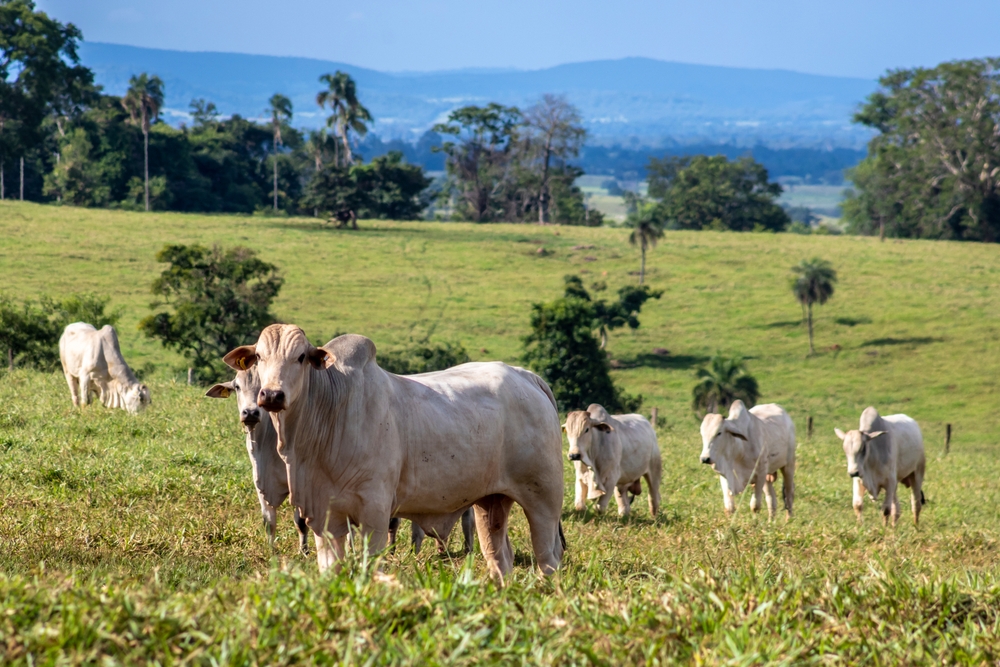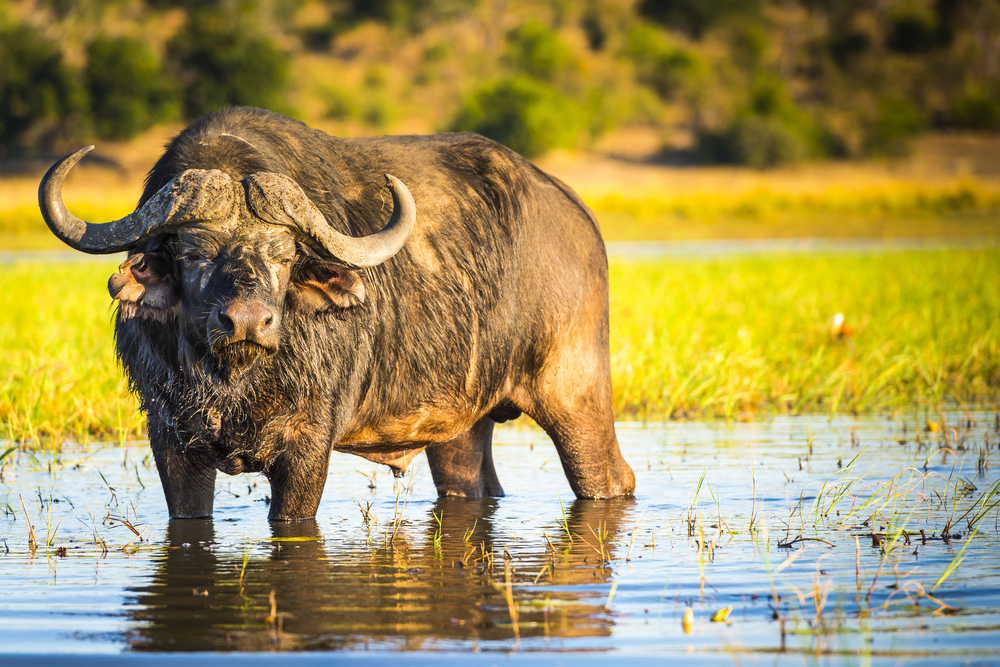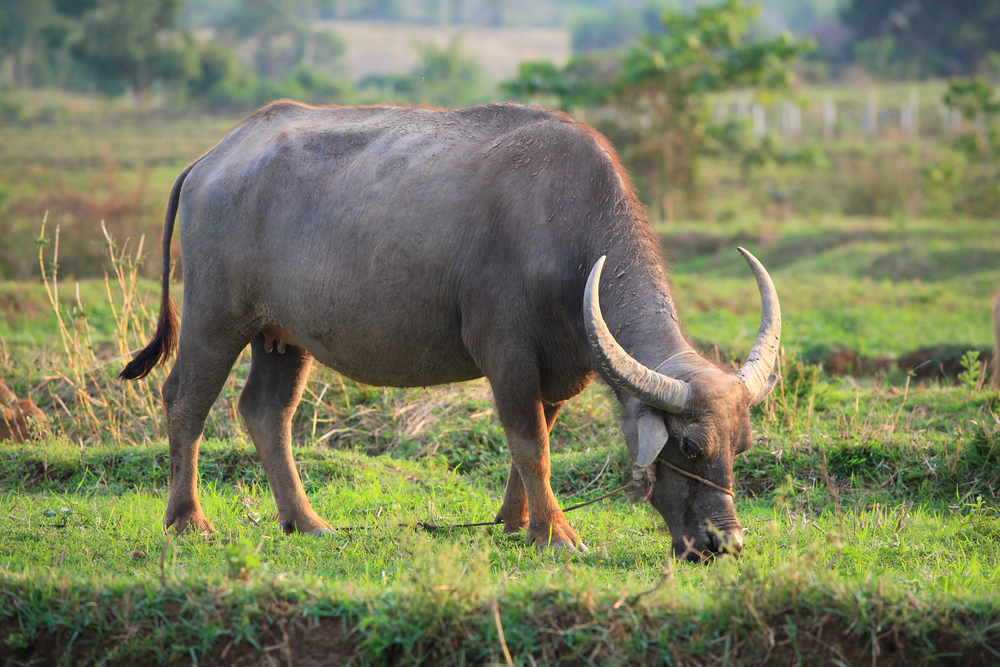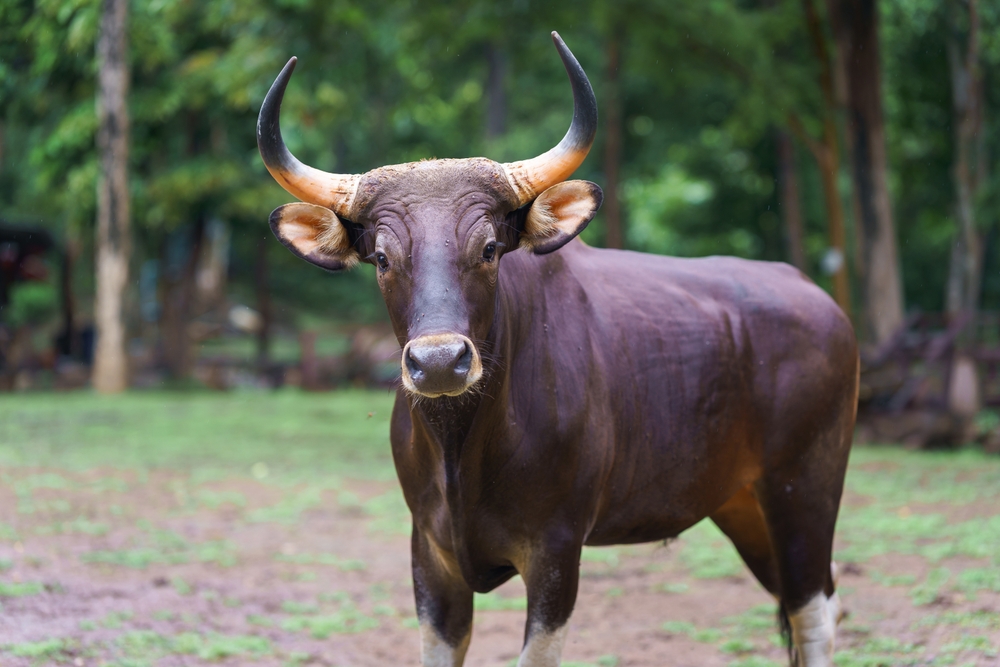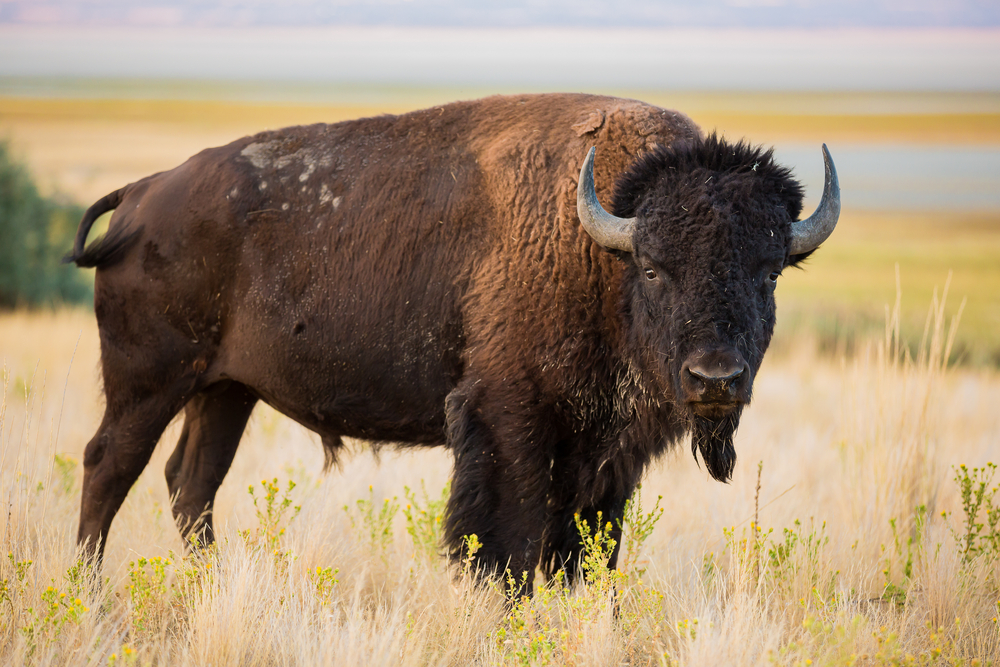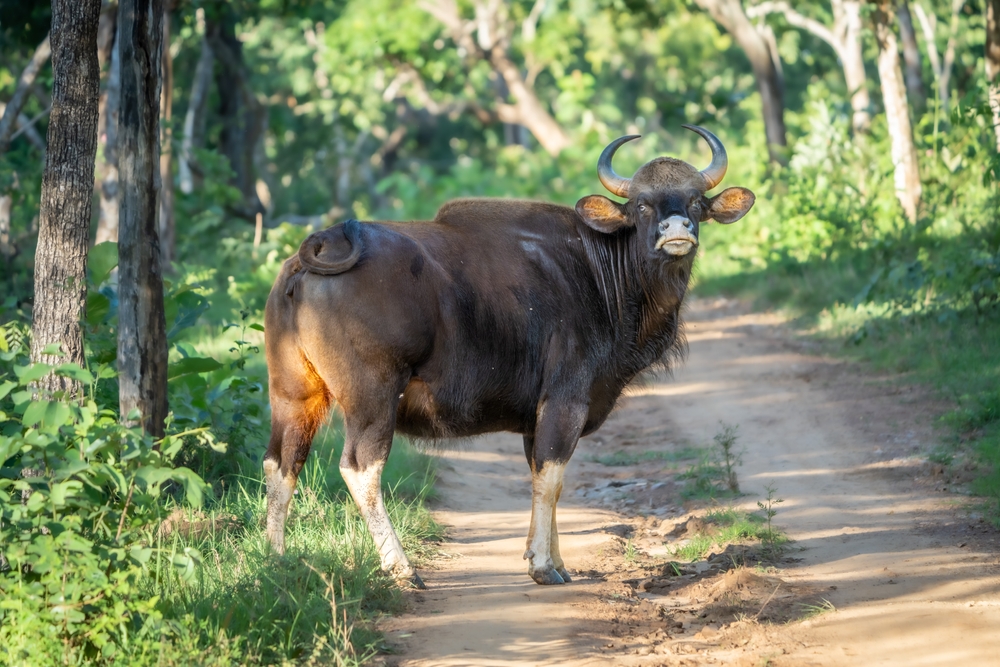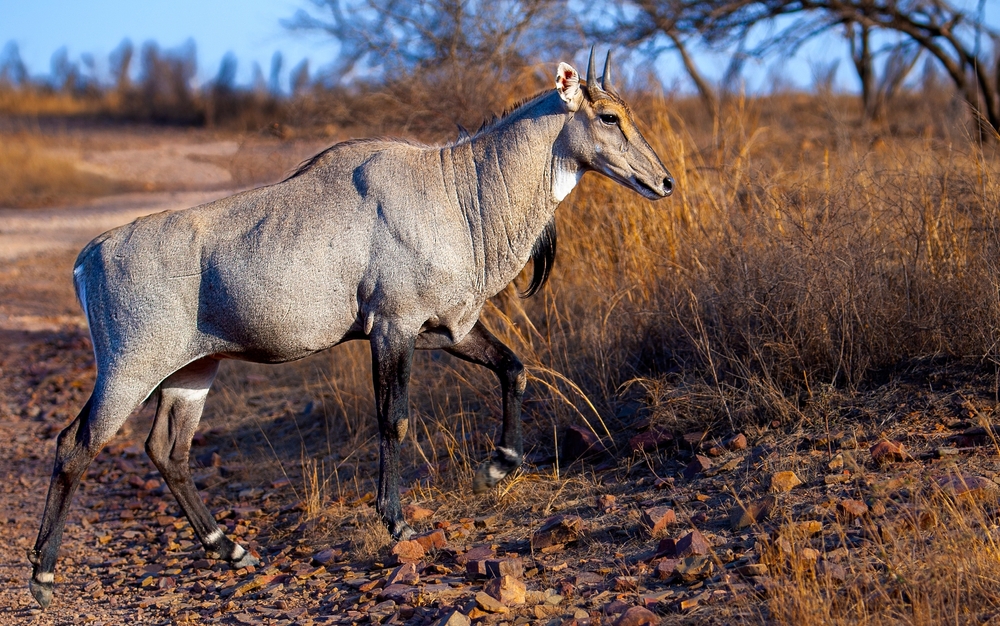About
#Mammals
The Zebu, also known as the humped cattle, is one of the most iconic and widespread domestic cattle species in the world. Scientifically classified as Bos indicus, the Zebu belongs to the family Bovidae and represents a domesticated subspecies of the wild aurochs (Bos primigenius), like its close relative, the European cow (Bos taurus). However, its distinctive appearance, heat tolerance, and religious and cultural status—particularly in South Asia—set it apart as a uniquely adapted and revered bovine.
Zebu are native to South Asia, where they were domesticated over 6,000 years ago. Since then, they have spread widely through Africa, Southeast Asia, South America, and parts of Oceania, particularly in hot, dry, and tropical climates. Their global dispersal has been driven by their extraordinary ability to thrive in extreme heat, resist parasites, and survive on sparse vegetation, making them indispensable to agricultural societies across diverse environments.
Zebu are easily recognized by their large shoulder hump, drooping ears, and loose, pendulous dewlap—adaptations that enhance heat dissipation and water conservation. Most are gray, white, or fawn-colored, though there is considerable variety across different breeds. Notable Zebu breeds include the Gir, Brahman, Sahiwal, Tharparkar, and Ongole, each prized for different qualities such as milk yield, drought endurance, or draft power.
In India, Zebu hold sacred status among Hindus and are often left to roam freely in urban and rural settings. Beyond their cultural role, they are highly valued for milk production, beef, and plowing, especially in smallholder farms. In Brazil and the southern United States, Zebu-derived breeds like the Brahman dominate tropical cattle production.
Though fully domesticated, Zebu are a testament to natural and human-guided selection for survival in hot, harsh environments. Their strength, endurance, and symbolic importance make them a cornerstone species in both agriculture and culture.
Threatened:
Extinct
Critically Endangered
Endangered
Vulnerable
Near Threatened
Least Concern



































































